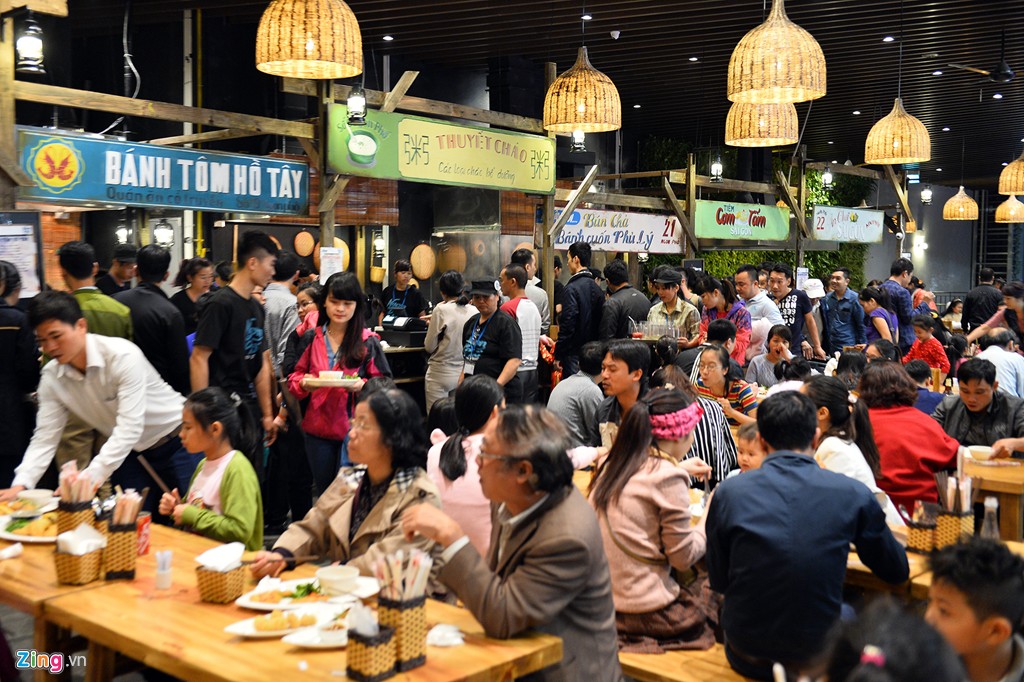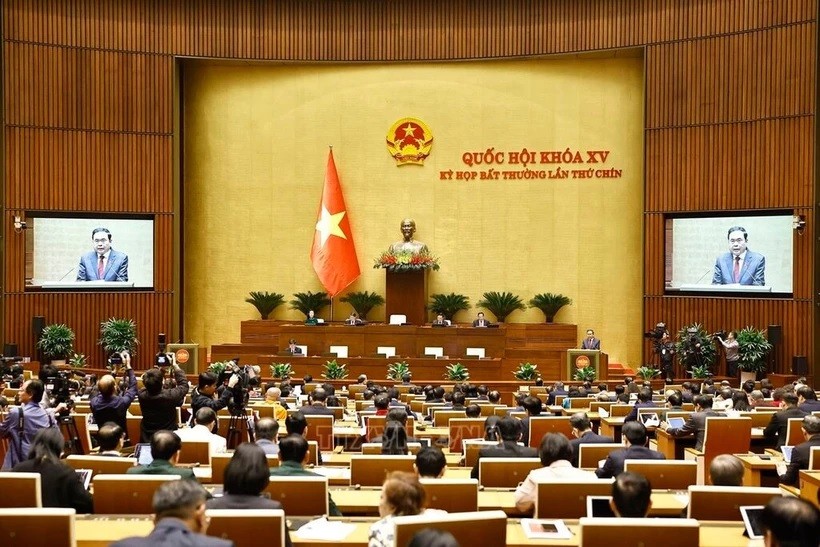Food courts in Vietnam moving to suburbs
The food court model which is popular in Singapore, Hong Kong and Thailand, is thriving in Vietnam. While many food service chains huddle together in central business districts, some new food service models choose to do it their way: moving to the suburbs.
 |
Food Republic - Popular food services model in Singapore (source: Pininterest)
In the last three years, population growth rate of Tan Phu and Binh Tan, two suburban districts in HCM City, is recorded at three times of the central districts.
At the moment, Food Square - a new food court, is being set up in Tan Phu District, covering an area of 1,500 square meters.
It will be much larger than its peers, able to accomodate 70 stalls, café & food complex, opening from 7 am to 11 pm daily. The rental fee is charged at around VND12 million/ month/ one stall.
 |
Vietnamese customers are getting used to food court (source: Zing)
“As investors flock to the central business areas, the retail premises rental fee is increasing, it thus leads to higher investment rates, tougher competition and higher risks,” said Nguyen Cao Ky Chuong, director of Food Square. “Moving to the suburbs is a safer choice of investment.”
Food Square will mostly target famous long-lasting traditional food brands (sweetened soup, Hue dishes or local food), well-known brands food and beverage chains (Phuc Long and The Coffee House), and startups food businesses.
With an average monthly income of VND7.5 million, young customers under 30 are now willing to pay VND30,000-50,000 for one dish,” Chuong explained his reason to feel confident about the prospect of Food Square.
A survey by Grant Thornton Vietnam showed that food & beverage is one of the two business fields that most attract domestic and foreign investments.
At least 10 foreign food brands from South Korea, Thailand, Japan and the US have established their chains in HCM City.
At the same time, there are also hundreds of thousands of shops selling local specialties. The dense concentration of food shops has led to a scarcity of retail premises in advantageous positions.
As a result, investors have to move their shops to other locations, including the top floor of apartment buildings and basements. For instance, Asian Town food court and Sense Market shopping center are operating under the B Block of 23/9 Park.
At shopping malls, food courts are crowded and the rental fee is fierce. In Vincom Dong Khoi, it costs $6,000 a month for 150 square meters and $1,200 for a mini 3 square meter kiosk./.
( VNF/VNN )
Most read
Recommended
 Economy
Economy








